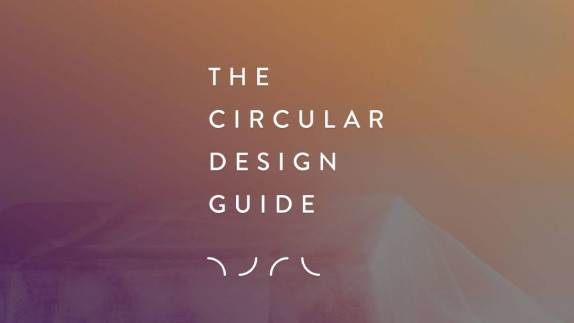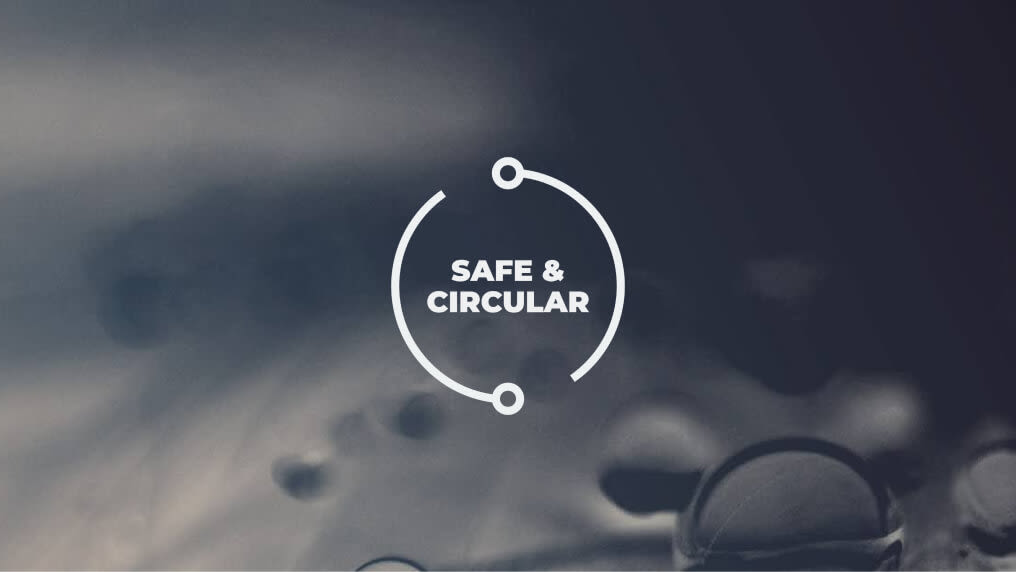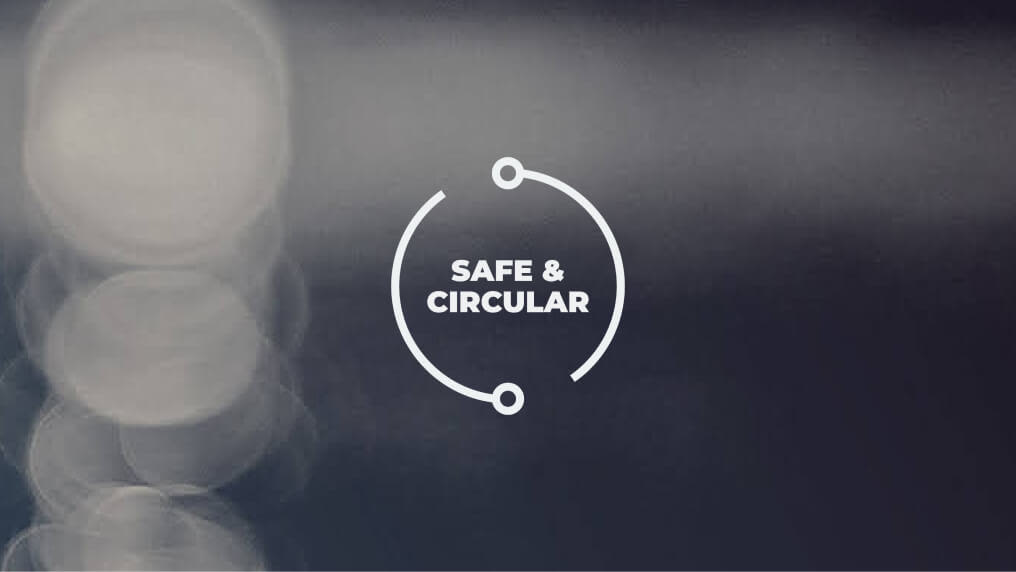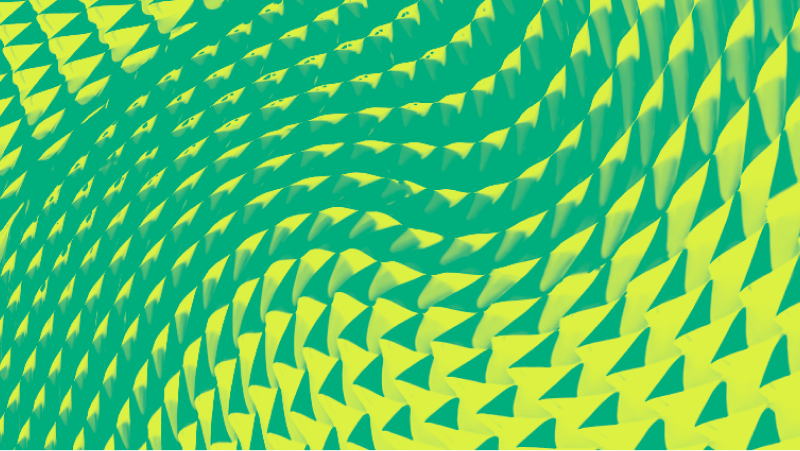Explore the next steps for making safe and circular material choices a driver for innovation in your design process.
Material health is a key component when designing for a circular economycircular economyA systems solution framework that tackles global challenges like climate change, biodiversity loss, waste, and pollution. It is based on three principles, driven by design: eliminate waste and pollution, circulate products and materials (at their highest value), and regenerate nature., to ensure that safe materials can stay in circulation. As a designer, you may wonder how you can begin to incorporate safe materials, fit for a circular economy, when products are already being manufactured. While a designer has an important role to play in selecting materials for products with circularity in mind, certain aspects of product design and manufacturing may be challenging to influence independently.
This is where engaging members of your organisation becomes necessary for exploring what it means for your company in terms of product development, materials decisions, business models, etc. Collectively, you can find new opportunities for improvement, and reflect on how transparency, chemicals management, and the role of innovation can help you achieve business goals, develop new partnerships, and enhance relationships with your customers and stakeholders.
This advanced method is part of the Safe & Circular Material Choices series.
Objectives
In this method, you will…
Reflect on the specific knowledge, skills and expertise necessary to begin improving the material safety of a current product
Explore the next steps for improving and optimising the material health of a current product
Explore how safe and circular material choices can be a valuable part of your business strategy
Approximate time to complete: 1.5 - 2.5 hours
Step 1
Understand Inventory, Screening & Assessment
The first step in making safe and circular material choices for your product is understanding the chemical composition of the materials in your products, and the potential risks they might have.
Start by creating an inventory, which is a catalogue of the materials in a product, and the chemicals in those materials. Start by asking these questions:
What materials are present in the product? Explore this in more detail through the Circular Design Method: Safe & Circular Material Selection.
What chemicals are those materials made of?
Who in my organisation, or my supply chain, might have access to this information?
The screening process allows you to identify known chemicals of concern that may be present in the product. Screening can be done by a product developer or R&D team member who can check the inventory against lists of known chemicals of concern. These lists are developed by governmental bodies and based on scientific research and testing. Screening is an important first step to identify priorities for substitution or elimination. It does not provide a full picture of the hazards of all chemicals, which is why the next step of toxicological assessments are needed.
The assessment process determines whether non-listed chemicals are truly safe, or simply not considered in currently available research. Given the technical expertise needed, these reviews can only be conducted by a trained chemist or toxicologist who can evaluate a comprehensive set of endpoints to determine the potential human and environmental impacts.
Designers and manufacturers can then use this information as a foundation and a pathway to make informed decisions to optimise their products design and development.
Step 2
Involve the Supply Chain & Development Teams
The next step is to involve the supply chain and your team in the process of making safe and circular material choices.
It’s important to engage your suppliers in this conversation early in the process, as their participation is key at the inventory stage. Approach them as valuable partners in your efforts to understand a product’s impacts on human health and the environment, and develop strategies towards safe and circular design. Keep in mind that your suppliers might consider information about their materials as their intellectual property. You can work with a toxicologist as a third party who can sign a non-disclosure agreement to help maintainmaintainKeep a product in its existing state of quality, functionally and/or cosmetically, to guard against failure or decline. It is a practice that retains the highest value of a product by extending its use period. the suppliers’ proprietary information, while also making a comprehensive review of the materials.

Mecho, a manufacturer of window shading solutions, collaborated with their supply chain to optimise their products’ material health while meeting performance requirements, and designing for a circular business model.
Engage with technical experts in your organisation to gain a broader understanding of current processes and practices. Consider how these conversations can also prompt creative thinking and new solutions.
A good way to involve multiple stakeholders is the Safe & Circular Product Redesign Workshop – a 1.5 hour redesign workshop and discussion on the implementation of safe and circular materials.
Take time to collectively reflect with your team on what is needed to be successful in addressing the opportunities and challenges of implementing safe and circular materials:
How can safe and circular materials become a creative opportunity for the company?
Are there any skills or knowledge required that the team is currently missing?
What is required for the company to start using safe and circular materials? Who do you need to get on board?
How does this fit into the overall strategy of the company?
Step 3
Explore having your Materials and Products assessed & certified
Certification of material health is a powerful tool to signal that your organisation is committed to meeting external standards, and to validate efforts towards a positive impact on human health and the environment.
There are many different certification programmes, each with different standards and scope of products covered. The benefits of a third-party certification process include: credibility; rigorous, science-based assessment; alignment with global best practices and standards; and providing assurance for customers and external stakeholders.
Explore the different options to determine which certification programme best aligns with your organisational objectives by considering:
Which products could be certified?
What are the main certifications in the industry? Which ones do our competitors seem to have? Which ones don’t they have?
In which areas are we looking to demonstrate leadership?
Step 4
Look for Certified Materials
An alternative strategy to seeking assessment for materials that are being used in the product is to seek materials that have already been certified. By choosing certified materials, you can ensure that chemicals of concern won’t be present in your product.

Look for certified materials in the fully-searchable, curated selection in the Cradle to Cradle Certified Products Registry and the Material Health Certificate Registry. If you're looking for specific materials, just enter a search term, or filter by product category to get some ideas for ones you could use.
Step 5
Making it part of your Circular Business Strategy
Circular design is a restorative and regenerative approach to business. Prioritising the material health in a circular design enables safer materials to stay in circulation. The circularity of products, components and materials, enabled by a circular business model, must also stay central in the design process: even a product made with the safest materials available can still end up in landfill or be incinerated.
Think about how your product, containing the material, fits in a circular system:
How does the product that the material is used in come back after the use phase?
When the product comes back, can it be disassembled and reassembled to release the materials in an effective way?
How can safe and circular materials in the product help develop new partnerships? Enhance the relationship with the customer? Or achieve new business objectives?
Annie Gullingsrud from the Cradle to Cradle Products Innovation Institute explains in the following video how the fashion brand G-Star incorporated safe chemistry from the start so they could count on those materials to circulate and be used again:
The Circular Design Guide is created to help designers create more elegant, effective, and creative solutions for the circular economy. Through the Circular Design Guide method Create a Brand Promise you will uncover which elements of circularity reinforce the brand purpose, but there are many ways in which safe and circular material choices are being made within businesses.
Step 6
Having a goal of bringing what is safe and circular into your design practice is a great opportunity to collaborate, develop new ways of thinking, envisage new partnerships, and invent better solutions. Reach out to the Circular Design Guide community on LinkedIn to share experiences and ideas, seek advice or discuss circular design related topics.

Circular Design Guide
This page is part of the Circular Design Guide. Get an overview of the project, or dive straight into our activities to help you understand, define, make, and release circular innovations.
Further reading
Best Practices in Chemicals Management, a resource from ChemSec, explains how toxic chemicals are a hidden business risk and provides guidance on getting started with chemicals management.
Explore the value proposition and the business model around the product or product-service system through the Strategyzer Business Model Canvas or Value Proposition Canvas.
The Advanced Methods on Safe & Circular Material Choices are a collaboration between the Ellen MacArthur Foundation and Cradle to Cradle Products Innovation Institute.






